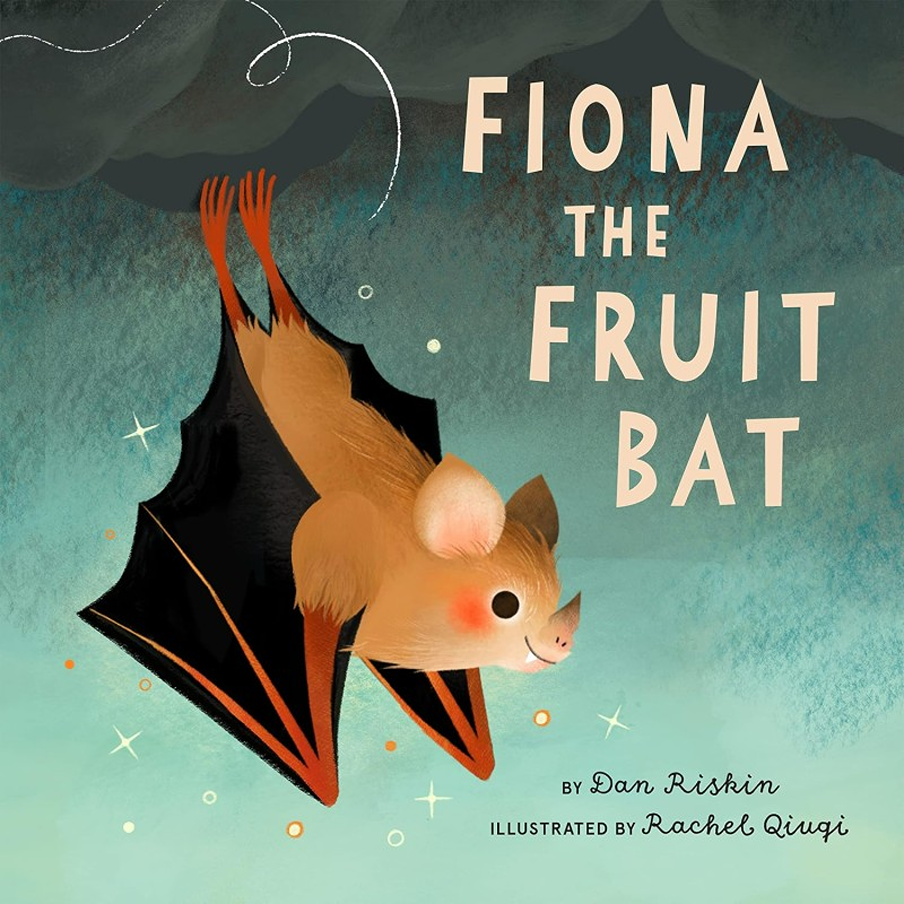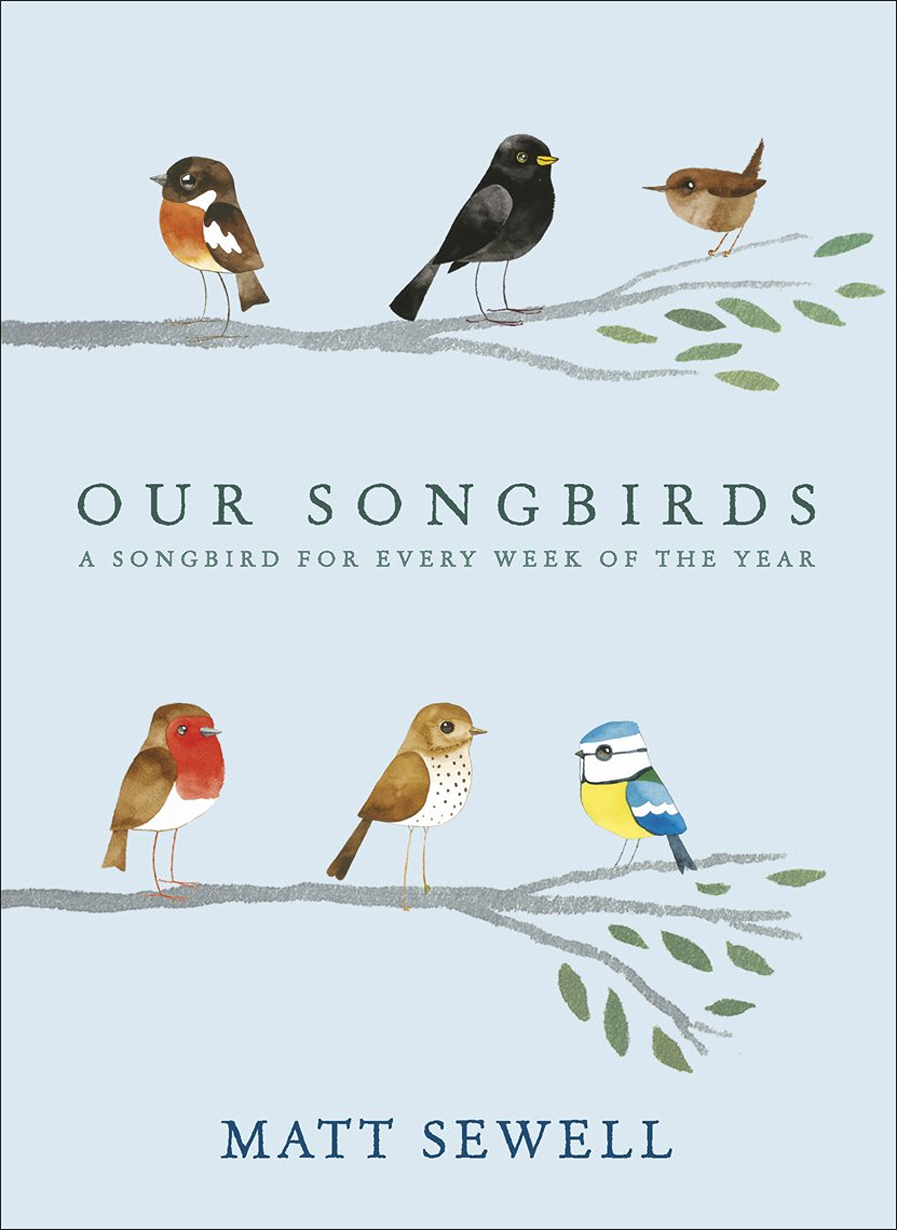How to Help Endangered (not scary) Bats

Do bats make you think of old films, dark skies, and spooky stories? The truth is far gentler. Most bats are shy, expert insect hunters that prefer to keep their distance. They flit through dusk like tidy cleaners, picking off midges, moths, and beetles that trouble gardens and crops.
Across the UK and beyond, many bat species face steep declines. Habitat loss, climate shifts, and disease press hard on these quiet night workers. Some are now classed as endangered. That story can feel heavy, yet there is good news. Small choices at home, plus smart support for local groups, add up to real help.
Bats are our only flying mammals, and one of England’s three hibernating species. These fascinating flying mammals play a crucial role in maintaining a healthy environment. By understanding their importance and busting myths, we can all do our bit to help these misunderstood animals.
It’s illegal to disturb bats unless you’re qualified. If concerned about injured bats, disturbance or crimes, call Bat Conservation Trust, which runs a free helpline from people who are batty about bats!

Bats are the world’s only flying mammals. They are not blind (but don’t see well and use echolocation to get around, hanging upside down simply as it’s easy to fly off from predators). Due to lack of natural habitats (tree hollows, hedgerows), bats are now endangered.
No bats in England are dangerous (the only people at slight risk would be rescue volunteers who know what they are doing, and wear protective gloves).
Bats in England don’t suck your blood or land in your hair, and the last case of rabies from a bat was in 1922 (the last case of animal rabies was in 1969/1970 when two dogs sadly died soon after their quarantine period).
Bats come in all shapes and sizes. Across the globe, there are over 1,400 species! These critters can be found in various habitats, from lush rainforests to bustling cities.
Some are pint-sized like the tiny bumblebee bat, while others, like the flying fox, boast impressive wingspans.
Whether they’re roosting in caves or hanging out in trees, bats have adapted marvellously to their environments.
Bats are nature’s pest controllers. A single bat can eat thousands of insects in one night! That’s a lot of mosquitoes saved from biting us. They also play a vital role in pollination, contributing to the growth of fruits like bananas, mangoes, and guavas.
Not to forget, they help in dispersing seeds, ensuring the growth of new plants. Imagine a world with fewer mozzies, more fruit, and lush forests—thanks, bats!
If you see a bat acting oddly or on the ground, it’s best to steer clear and report it to local wildlife authorities. A little caution goes a long way.
There’s a common belief that bats spread diseases left, right, and centre, which isn’t entirely accurate. While they can host viruses, the spread to humans is rare.
Bats actually help control diseases by eating insects that can transmit illnesses. So, they’re more like allies in health rather than foes.
How You Can Help Bats
- Cats are natural predators, so don’t encourage bats to gardens if you live with feline friends (keep them indoors at dusk when bats emerge (and also dawn, when bird are feeding, avoiding ‘climbable’ feeding posts).
- Take particular care from mid-June to end August (when bats have babies). If cats bite a bat, call the helpline above (which has info for vets) as cat saliva can kill a bat.
- Leave your garden ‘messy’ to provide long grass and natural habitats (a pipistrelle bat eats 3000 insects in one night).
- Leave mature trees (for hollows) and check compost heaps before turning.
- Learn how to build a wildlife-friendly pond (with sloping sides) as bats also eat water insects.
- Securely bin all garden chemicals and grow organic food and flowers. Learn more on how to make gardens safe for pets.
- Plant organic night-scented flowers (bats love Michaelmas daisies).
- Bats also like willow and elder (toxic near pets) as they feed on leaf-eating insects.
Daubenton Water Bats
If you’re an angler, look out for Daubenton’s bats (which live on rivers) as they fly low (like a hovercraft) to take insects and sometimes get caught on fishing lures.
If you accidentally catch one (and it can’t free itself in a few minutes), cut the line (close to the fly) but don’t remove the hook yourself. Wrap with a cloth (or wear gloves) and call Bat Helpline (above) for advice.
Info on Bat Boxes
Bat Conservation Trust has expert info on bat boxes including the best brands (some can integrate into walls) and how to care for them (avoid paint and pesticides).
How Town Planners Can Help Bats
- Light pollution affects bats, so turn off lights when not in use and use blinds/task lights (this also helps stop birds flying into windows).
- You can Report broken street lights to councils (who should replace with wildlife-friendly lamps (blue lights kill insects, which bats live on).
- Town planners can follow advice for barn owls to force low-flying bats to fly higher, to avoid getting hit by traffic. Ask Bat Conservation Trust for advice, as bat boxes may need to be sited differently.
- Barn Owl Trust says to plant high hedges of closely-spaced trees next to road surfaces on both sides (or plant trees 3 to 4 metres back from road edge).
- See photos of roads with planted screens. Don’t place nest boxes within 1km of major roads, and have continuous screens on both sides.
Bats in Churches?
Bats in Churches is a website set up to help congregations help roosting bats, know how to safely clean the areas, and how to approach building projects. The site is also useful also to architects and town planners.






